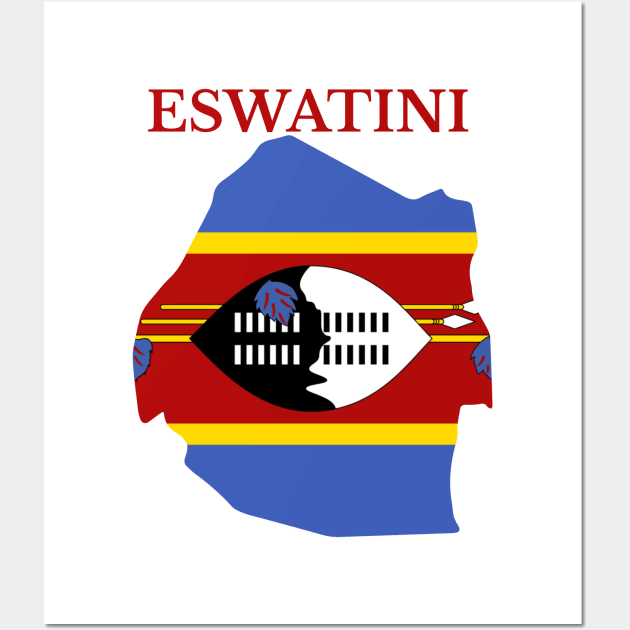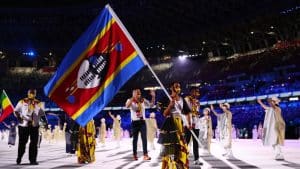Headlines
Eswatini: A Country of Sovereignty, Culture, and Challenges

- Eswatini, formerly known as Swaziland, is a landlocked country in southern Africa, bordered by South Africa and Mozambique. It has a population of about 1.1 million people and covers an area of about 17,364 square kilometers. The capital is Mbabane and the official languages are siSwati and English.
- The earliest human activity in Eswatini dates back to the early Stone Age, more than 250,000 years ago. The first inhabitants were Khoisan hunter-gatherers, who were later replaced by Bantu-speaking peoples who migrated from eastern and central Africa. These people practiced agriculture, pottery, and iron smelting.
- The Swazi people, who are the dominant ethnic group in Eswatini today, trace their origins to a chief named Dlamini I, who lived in the 15th century. He led his followers southward from the Tembe River near present-day Maputo, Mozambique, and settled in the Lubombo region. He was succeeded by several kings who expanded the territory and influence of the Swazi nation.
See Population, Official Language And More…

Eswatini
- The most famous Swazi king was Mswati II, who ruled from 1840 to 1868. He is regarded as the founder of modern Eswatini, as he unified the various clans under his authority and gave the country its name. He also fought against the Zulu, the Boers, and the British, who were encroaching on his land.
- In 1881, Eswatini became a British protectorate under the terms of the Convention of Pretoria. The Swazi king retained some autonomy over internal affairs but had to accept British supervision over foreign relations and trade. The British also imposed taxes and land concessions on the Swazi people.
- In 1968, Eswatini gained its independence from Britain after a peaceful transition. The country adopted a constitutional monarchy system, with a king as the head of state and a prime minister as the head of government. The first king after independence was Sobhuza II, who had ruled since 1921.
- In 1973, Sobhuza II abolished the constitution and declared himself an absolute monarch. He banned political parties and dissolved the parliament. He ruled until his death in 1982, when he was succeeded by his son Mswati III.
- In 2018, Mswati III changed the name of the country from Swaziland to Eswatini, which means “land of the Swazis” in siSwati. He said this was to avoid confusion with Switzerland and to mark 50 years of independence. He also faced criticism for his lavish lifestyle and authoritarian rule amid poverty and social problems in the country.
- Eswatini is one of the few countries in the world that has never been colonized by another power. It has maintained its sovereignty and cultural identity throughout its history, despite being surrounded by larger and more powerful neighbors.
- Eswatini is also one of the last remaining absolute monarchies in the world. The king has supreme executive, legislative, and judicial powers. He appoints the prime minister, the cabinet, and the judges. He can also amend or suspend the constitution at will.
- Eswatini has a rich and diverse cultural heritage, influenced by its Bantu, Khoisan, and European roots. The country is known for its traditional arts and crafts, such as beadwork, pottery, weaving, wood carving, and painting. The country also hosts several cultural festivals, such as the Umhlanga (reed dance) and the Incwala (first fruits) ceremonies.
- Eswatini faces many challenges and opportunities in the 21st century. The country has one of the highest HIV/AIDS prevalence rates in the world, affecting about 27% of the adult population. The country also suffers from poverty, inequality, unemployment, corruption, and human rights violations. On the other hand, the country has potential for economic growth, social development, and regional integration. The country is a member of the Southern African Development Community (SADC) and the African Union (AU). The country also has natural resources, such as coal, iron ore, diamonds, gold, and asbestos.
Continue Reading





